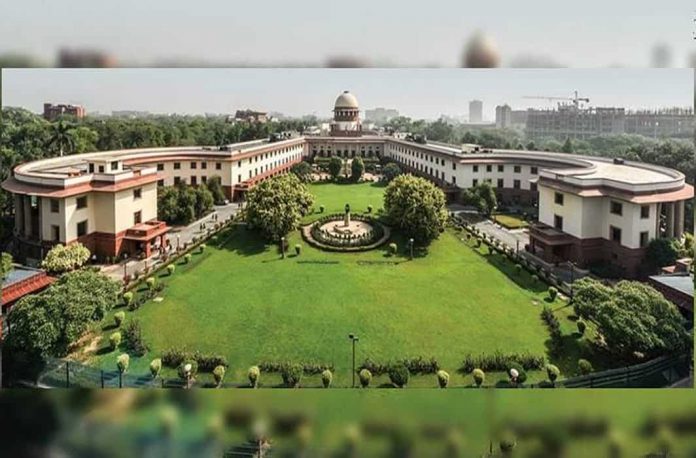There are a few months to go before Justice N.V. Ramana will take over as India’s 48th Chief Justice. That is the trajectory of the senior most puisne Judge of the Supreme Court of India as per convention and judicial precedent.
By Santosh Paul, Senior Advocate Supreme Court of India
With striking predictability on the pattern but not on the method, comes the letter from the Chief Minister of Andhra Pradesh, Y.S. Jaganmohan Reddy, addressed to the Chief Justice of India. The letter, is not an earnest private complaint. It has been addressed to the CJI but broadcast to the public. The letter is loud on insinuations and nebulous and sketchy on every detail making it clear that the object is not to throw light but to kick dust.
What is alarming for those who value independence of the judiciary is that there is this continuous pattern of creating uncertainty on the eve of the transition power to a new Chief Justice of India.The decisions of the Supreme Court Advocates-on-Record Association II [(1993) 4 SCC 441] and the Special Reference No. 1 of 1998 [(1998) 7 SCC 739], which makes the constitutional position explicitly clear – the outgoing Chief Justice recommends the name of the senior most puisne judge as the next incumbent to this high constitutional office, except on unusual circumstances.
This a power vested in the judiciary which was much resented to and resulted in the 99th Constitution Amendment Act 2014, and the enactment, of the National Judicial Commissions Act, 2014. It was ostensibly a lip service to accountability in judicial appointments, and an audacious attempt to rob the judiciary of its independence. This resulted in the remarkable decision SCORA Vs. UOI (2016) 5 SCC 1 popularly called as the NJAC decision which ensured that the power of appointments to the higher judiciary and the appointment of the Chief Justice of India remained with the judiciary itself.
Read Also: A tainted man, throwing ink at the top judiciary
Post the SCORA judgment, a curious pattern began to emerge. Before Justice Dipak Misra’s slated elevation as CJI, his name along with other judges curiously featured in the former Arunachal Pradesh CM Kalikho Pul’s alleged and strange 60 page suicide note. A cloud was created on the chances of the new incumbent in waiting.
Justice Ranjan Gogoi’s appointment as Chief Justice similarly came under speculation. This had its basis on the conflict the 4 senior most judges had with the then CJI Dipak Misra which culminated in the unprecedented press conference by four Supreme Court judges on January 12, 2018. No such uncertainty prevailed when Justice Bobde’s name came up for consideration. The term of Justice Bobde is to come to an end in March 2021.
The insinuation becomes suspect after the Justice Ramana’s order fast tracking corruption matters against sitting and an former MPs, MLAs and public servants in September 2020. Allegations have also been made against the Chief Justice Maheshwari of the High Court of Andhra Pradesh. The High Court has stayed some of the Chief Minister’s actions and where he is facing myriad corruption charges.
It is important to note that, judges do come in for criticism for their judgments. But do litigants have a right to make allegations bereft of proof against judges and make them public? There can be no doubt that they do not. This action of Jagan Reddy cannot but be interpreted as an assault on the independence of the judiciary.
Attempts at media lynching by way of unsubstantiated insinuations against Judges will be a death knell for both an independent judiciary and for democracy itself. It was Chief Justice John Marshal of the US Supreme Court who said “What is it that makes us trust our judges? Their independence in office and manner of appointment”. This letter is an assault on both these central concepts governing our judiciary .

The writer is a Senior Advocate and authored `Choosing Hammurabi: Debates on Judicial Appointments’ (LexisNexis), `Appointing our Judges: Forging Independence and Accountability’ (LexisNexis) and `The Maoist Movement in India: Perspectives and Counter Perspectives’ (Routledge).



Comments are closed.